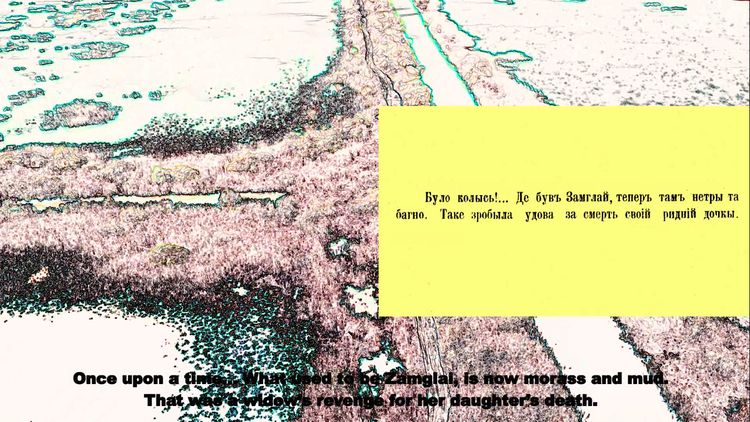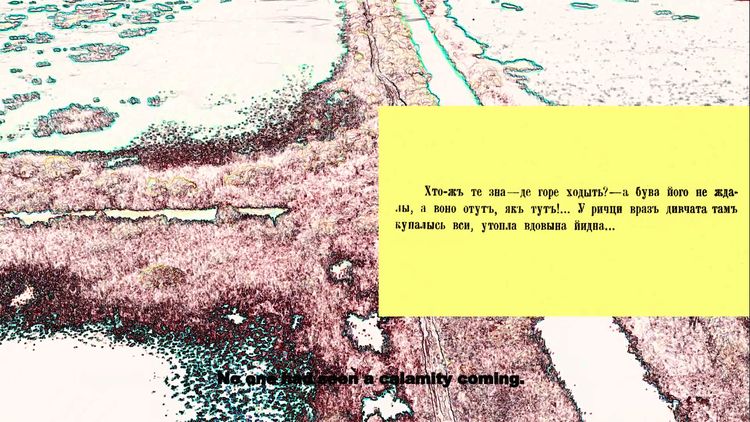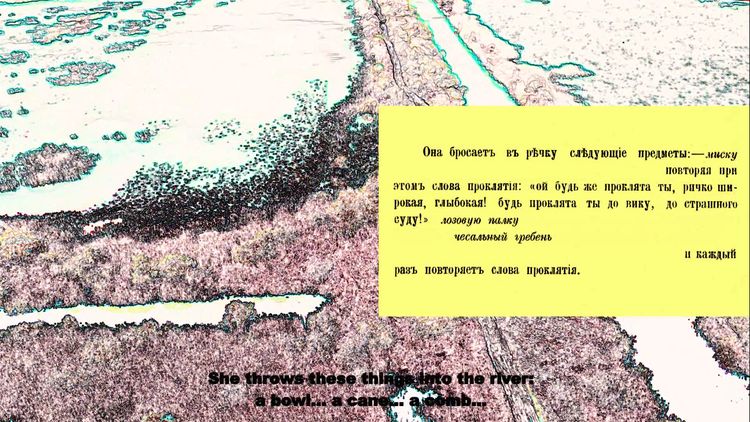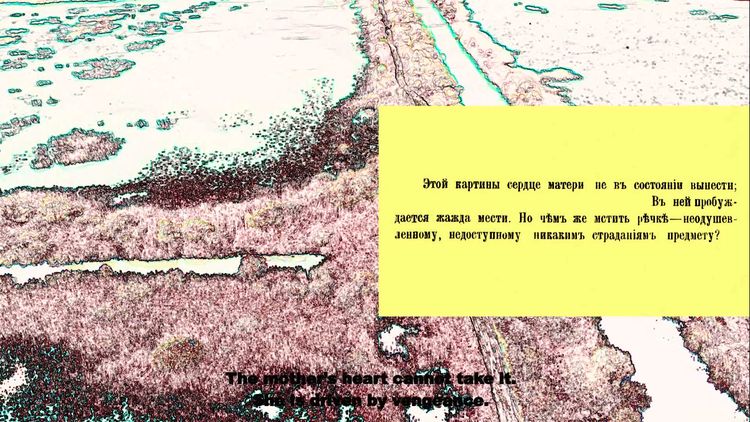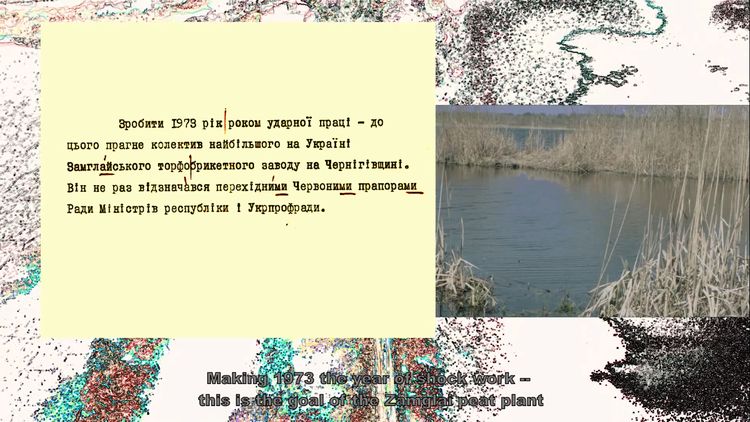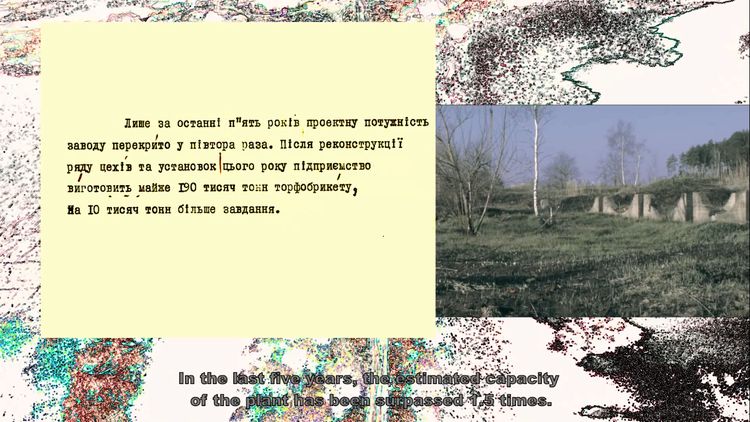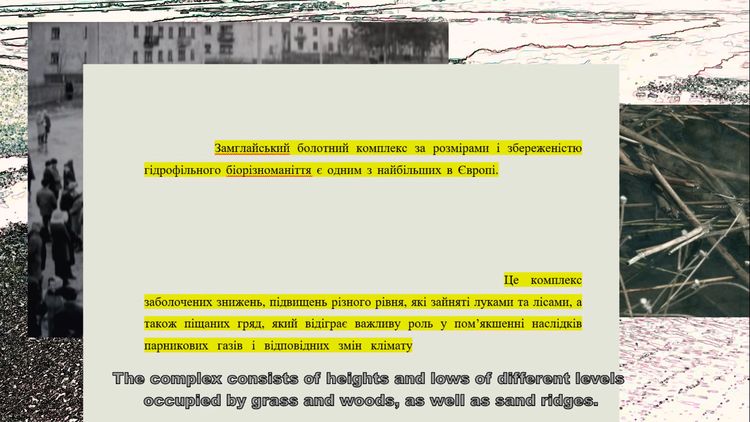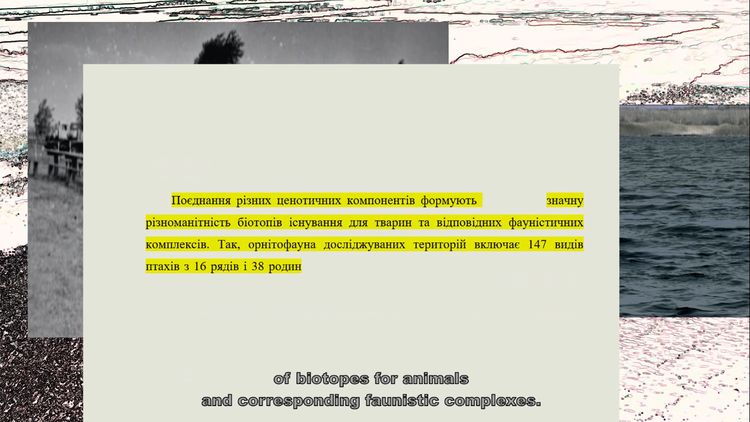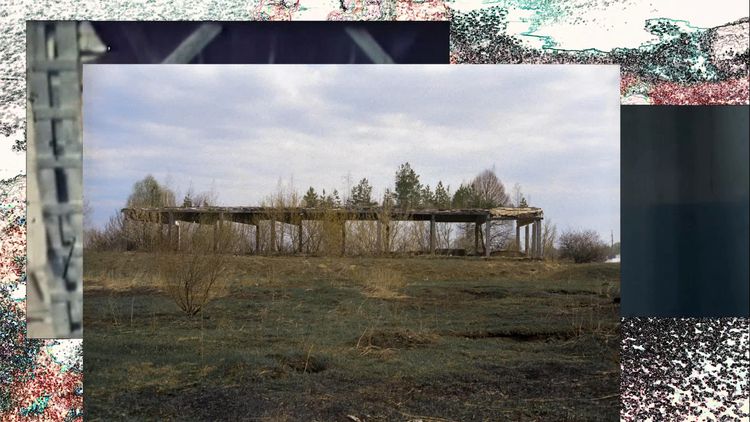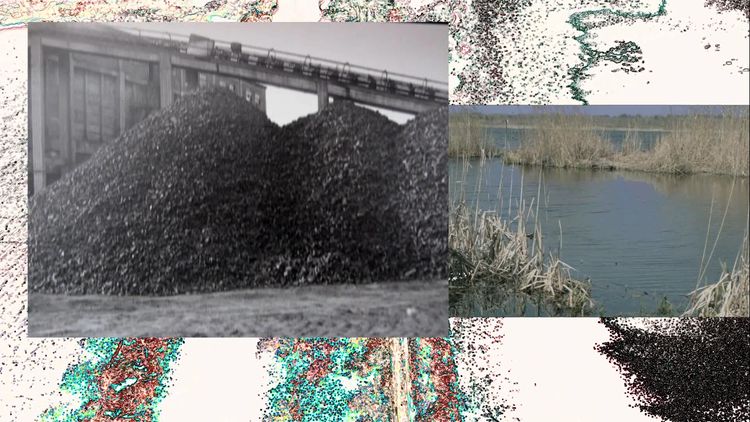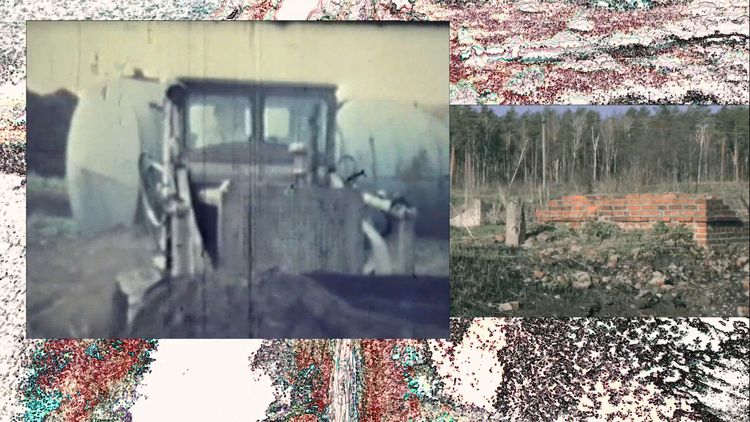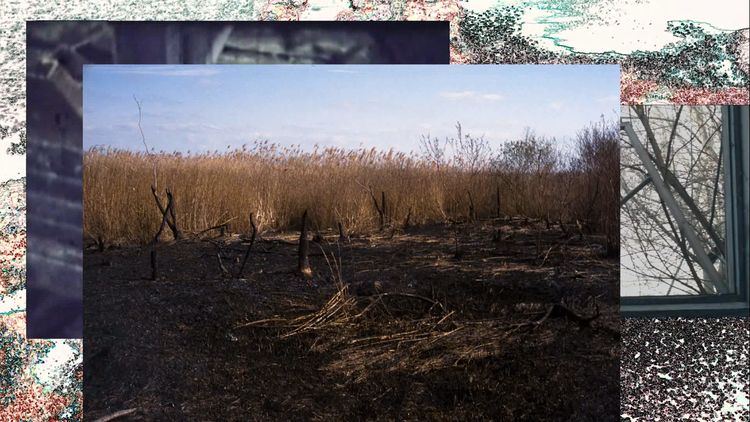What is really behind the re-terraforming?
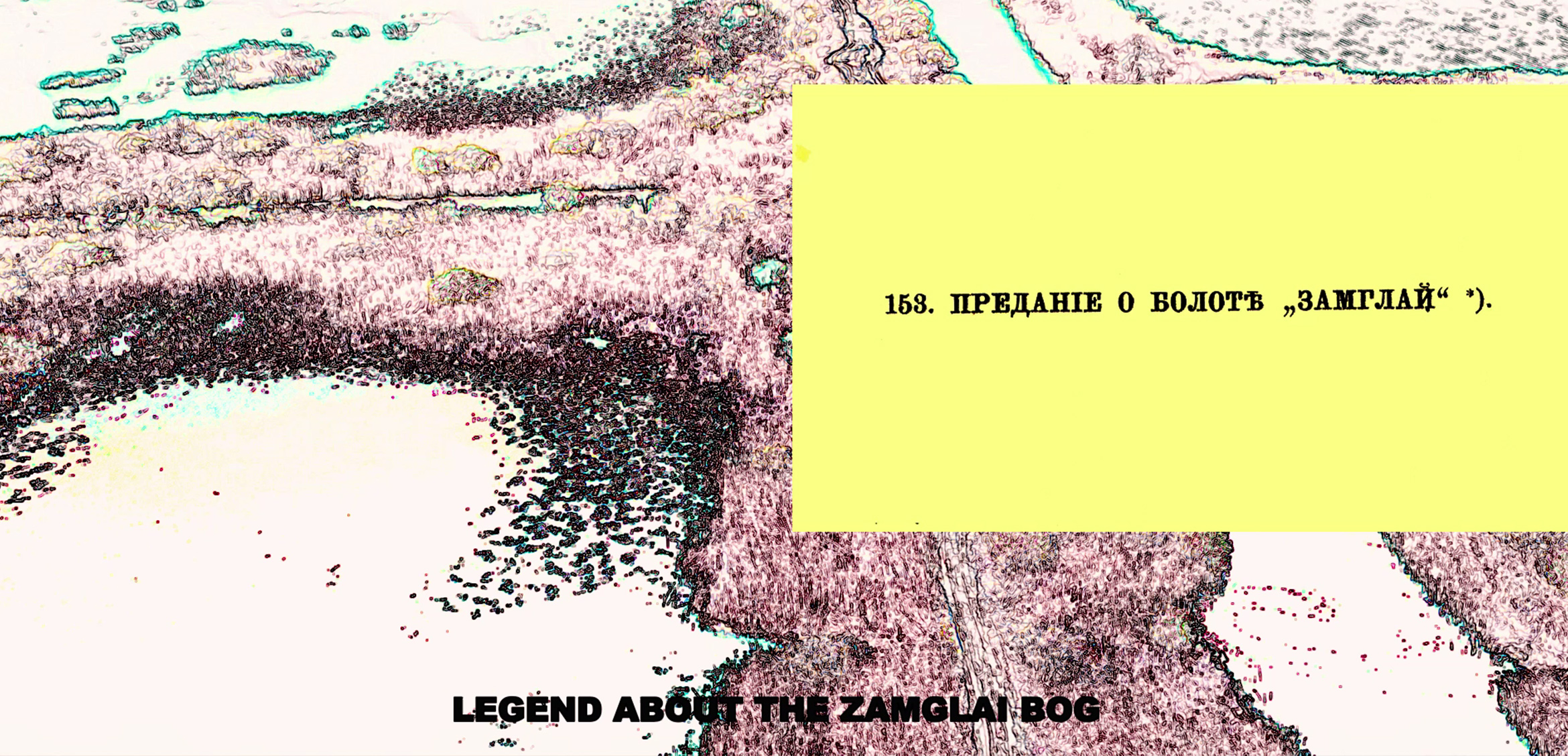
In our practical approach to exploring Zazemlennya (Grounding) as a concept, we have chosen to elaborate on four possible thematic clusters by looking critically at individual works by Ukrainian artists that fit into our conversation and research. We have already summarized these thematic clusters and now we intend to release a series of longer reports, but we feel that starting with a close reading of works that inform about Ukrainian context of Zazemlennya that will help us invite a broader cultural community into our conversation.
This week we're going to look at a piece by Teta Tsybulnyk, Elias Parvulesco, Svitlana Pototska named ZONG, that as we feel explores some important question what is really behind the re-terraformatting of the land? (by the link you will find an interpretation of the term).
Collaborative work of ruins collective ZONG tells the story of one of the largest wetland systems in Ukraine, which covers an area of over 10 thousand hectares in Chernihiv region. The name of this system, Zamglai, probably comes from the Kurdish words zong (swamp) and leyi (stream) and is an evidence of a centuries-old tradition of interaction between nature and man.
It is worth noting that pre-industrial perception of swamps is primarily associated with images of evil spirits, fear and death, which can often be found in folklore and mythology. The British-American philosopher Timothy Morton did not miss this aspect in his work Dark Ecology (you can learn more about this via link). According to him, environmental phenomena are inextricably linked to some absence, to the gap between phenomena and objects, which is worrying because it cannot be destroyed.
As for the vision of swamps by the man of the industrial era, along with a certain fear of past generations, ambitions to get economical benefit occure which in the case of the Zamglai swamp system ended in land reclamation and ruins, and only later they were gradually replaced by understanding of the significance of swamps and their ecological role.
Re-terraforming of the earth and the role of man in this process was an important subject for a scientist after whom streets and the biggest library in Ukraine were named. Guessed who he is? Yes, this is Volodymyr Ivanovych Vernadskyi:
Under the influence of scientific thought and human labor, the biosphere goes into a new state — the noosphere. Mankind by a regular movement, lasting a million or two years, with an ever-increasing pace in its manifestation, covers the entire planet, stands out, moves away from other living organisms as a new unprecedented geological force.
With a speed comparable to reproduction, expressed by geometric progression over time, this way is created in the biosphere, an ever-growing set of new inert natural bodies and new great natural phenomena.
Reports by climatologists and environmentalists are sometimes perceived by the general public as something distant, something that is not happening to them, or something that an individual cannot be involved in at all. However, natural disasters in Transcarpathia are caused by the formation of local villages and landslides, which are in not small part related to unauthorized deforestation, reduce the distance between the earth-forming event and the man.
Why is Illegal logging happens? The answer is simple: for profit and economic gain. Locals do not stand aside from this, they are a particle in the system that depends on profit and demand. This is confirmed by the recent investigation of the Earthsight project around IKEA and Ukrainian forestry companies.
This forms a certain paradox of "cutting the branch on which you sit" and other factors influencing the mentioned and similar situations, which are shown in the project ZONG. Man seeks to save himself, not "Nature". But is a person saved?
Philosophy and art can provide the keys that can solve more than one paradox. Therefore, going back to Timothy Morton, we can see that he criticizes the traditional definition of Nature, offering instead "coexistence with non-human", which in our opinion is an important emphasis in the philosophy of the late 20th — early 21st centuries. Also, Donna Haraway does not leave aside this aspect with her somewhat incomprehensible to the unfamiliar reader phrase "Make kin, not babies!", which was reviewed in the May publication in the framework of Grounding.
It is the legislative wording "natural resources" that emphasizes utilization. Not Timothy Morton’s coexistence, and not Donna Haraway’s making kin, and not even the demonization as in pre-industrial perception. The person distributes this resource, on local, regional and global levels as it is favorable to the person in the first place. Even when he somehow saves the so-called "Nature".
The legal status of "Nature" as such also raises many questions that were comprehensively elaborated on by professor Christopher D. Stone, who first discussed the idea of assigning legal personality to natural objects in his work "Should Trees Have Standing? Toward Legal Rights for Natural Objects". With this work, he opened up a range of ethical questions, to which no answers have been found yet. However, the very idea of rights provoked not only some reflections in political and legal philosophy, but also specific changes in the legislation of different countries.
ZONG combining in one frame a chronicle and a moving image of the modern swamp system Zamglai, noise music with the echo of birds and the rustling of dryness, creates an aesthetic that is close to the dark ecology and forms a sensory perception of Other, which is fundamentally important for art according to Timothy Morton.
How did this work become possible? Probably the circumstances contributed to this. Namely, Climatic and Art Laboratories, which, by uniting representatives of the arts, climate science and activism in Ukraine, in 2019 formed an unprecedented space for dialogue. In the process of this interdisciplinary investigation the team has created a feature-length documentary film ZONG. You can learn more about this initiative in the video of the May Art Wednesday.
We would like to end this text with a quote from the work "Scientific thought as a planetary phenomenon" (1936-1938) by Volodymyr Vernadsky:
Man, the biosphere, the earth’s crust, the Earth, the Solar system, its galaxy (the world island of the Sun) are natural bodies, inextricably linked.
Text: Clemens Poole and Kateryna Nesterenko.
We thank ruїns collective for the provided information!

